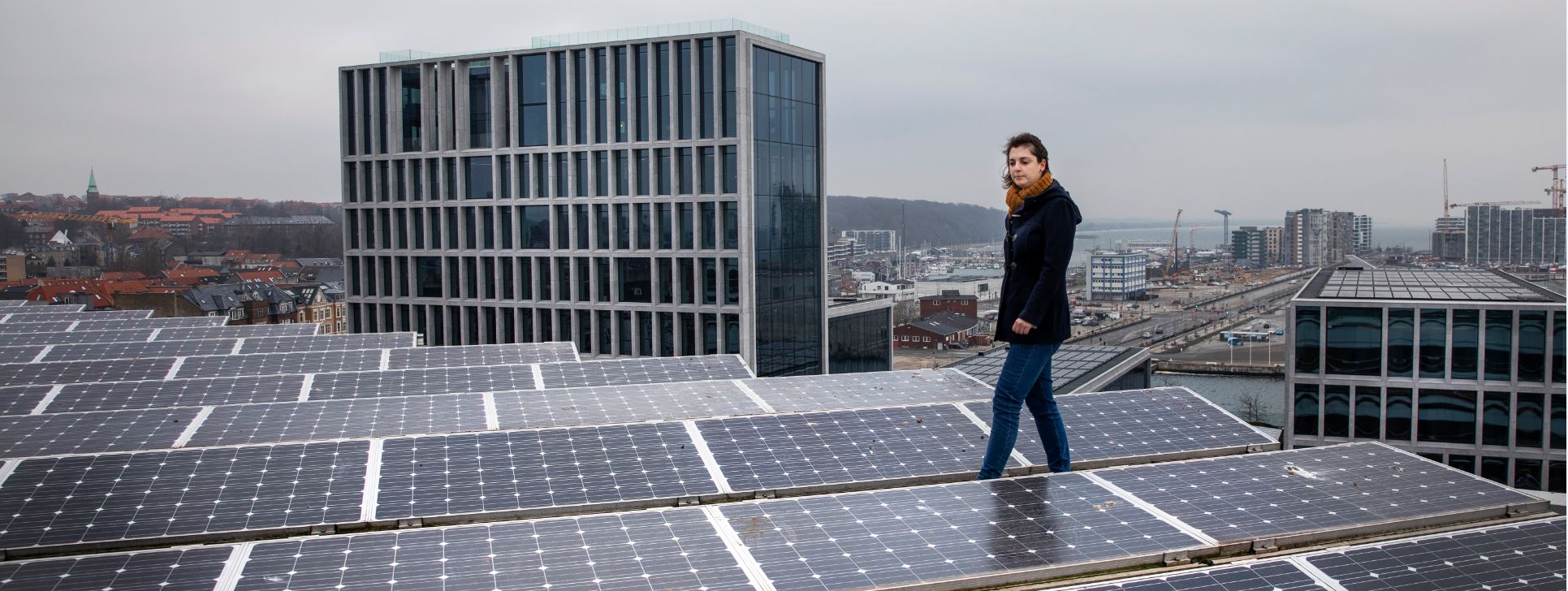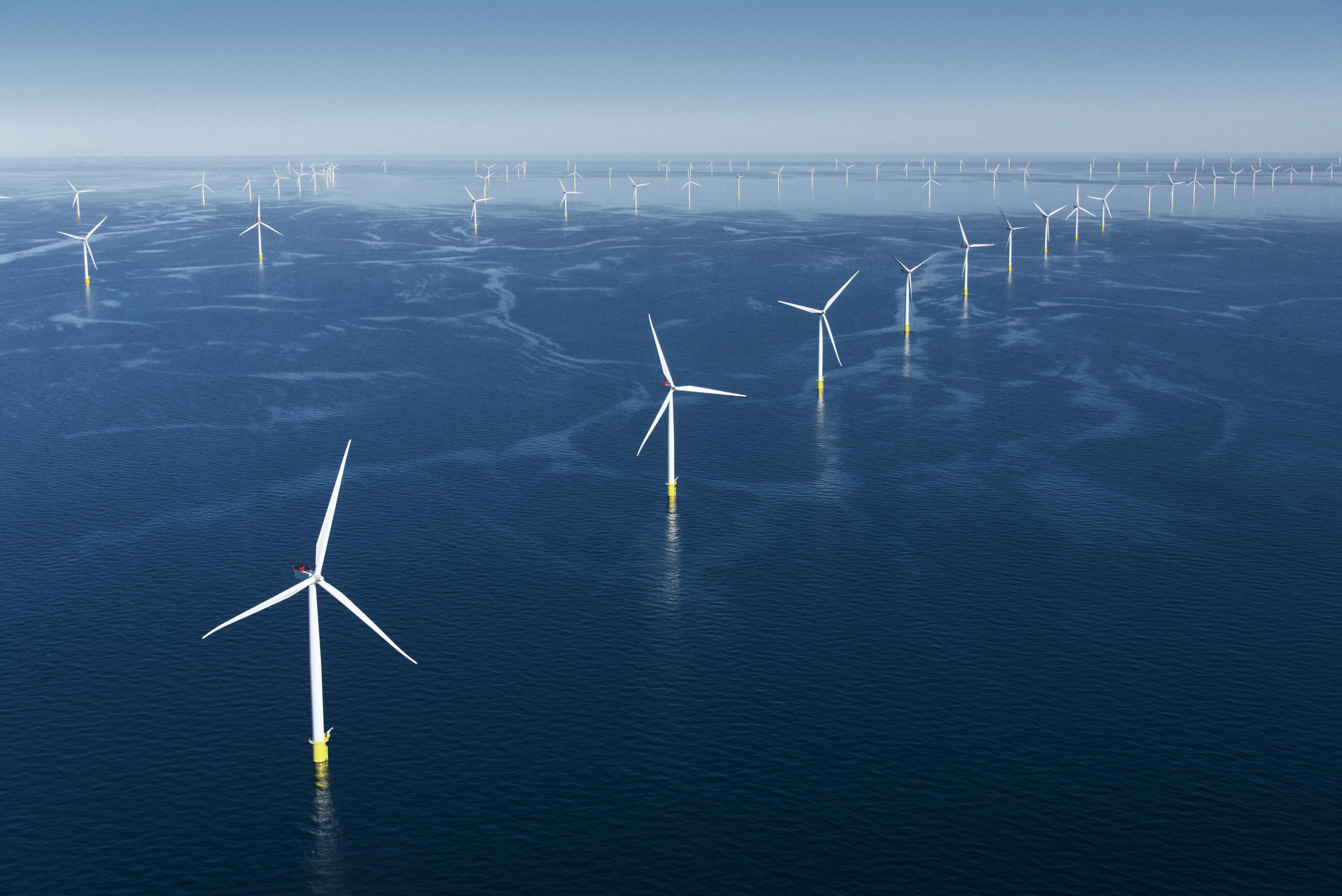News
Biogas
Biomass
CHP
+8
Fuel Flexibility Allows for Sustainability in District Heating


District heating is extremely flexible when it comes to choice of heat source – it can accommodate basically all heat sources, even fluctuating sources like wind and solar and surplus heat from some industrial processes. In larger district heating systems with several heat sources, district heating makes it possible to switch from one fuel source to another dependent on local situations, price signals and green ambitions. So with a district heating system, one does not have to change all the small boilers in each and every house every time new fuel sources become viable and available.
In Denmark, almost 50 % of district heating is produced from renewable sources in 2014. The renewable
sources are biomass (wood, waste, straw, bio oil), biogas, solar, geothermal and electricity (heat pumps
and electrical boilers).
Integration of electrical and thermal energy systems
An increasing share of electricity is produced from fluctuating sources such as solar and wind. Interconnectors and electrical storage can cushion some of the fluctuations in supply, but are not sufficient and often do not represent the most economic and efficient choice. Integration of the electrical and thermal energy systems can be a part of the solution. If introducing electrical boilers and large industrial heat pumps in the production of heat for district heating networks, the networks will act as large energy storages. Surplus renewable electricity can be used in heat production when the electricity price drops due to overcapacity from wind turbines and photovoltaic solar panels.
- Download the State of Green White Paper on District Energy
Surplus heat
Surplus heating or cooling from e.g. industry is often wasted, but is a precious resource that can easily be utilised in a district heating or cooling system. Where industrial or commercial buildings are in close proximity to a thermal grid, it can be beneficial to collaborate with the local utility company in utilising the surplus heat. Not only is there a financial benefit, surplus heat can also replace the use of fossil fuels in heat production.
- Read more about: District Heating and Cooling
Energy from waste
Waste is a resource that contains a vast potential. The more value a society can get out of its waste the better. The waste which cannot be reduced, reused or recycled, can be used for energy recovery. Modern waste-to-energy plants handle a waste problem and produce electricity and heat to nearby buildings. The best and most modern systems work with an energy efficiency close to 100 % through advanced technology. The environmental effects of these plants are minimal through advanced use of filters and other technologies to such an extent that they can even be located in the centre of large cities as is seen in Copenhagen, Denmark.
An enormous amount of surplus heat from power production is commonly wasted. This energy resource is increasingly being integrated into district heating systems and used for heating and cooling purposes in buildings.
You should consider reading
publications
Resource efficient production
+15















